Author: Paul Amico
Originally bred in 2004 and released exclusively to homebrewers in 2015, Sabro is a neomexicanus cross known for imparting beer with a complex blend of characteristics including tangerine, coconut, cedar, mint, and cream. Now widely available to all, Haas recently released a LUPOMAX version of Sabro that has a higher concentration of lupulin with notably less vegetal matter.
Alpha: 19%
Beta: 4 – 7%
Cohumulone: 20 – 24% of alpha acids
Total Oil: 2.5 – 3.5 mL / 100g
Myrcene: 51 – 68%
Humulene: 7 – 14%
Caryophyllene: 7 – 11%
Farnesene: < 1%
Linalool: 0.5 – 0.6%
Geraniol: 0.8 – 1.6%
ß-Pinene: 0.7 – 1.1%
Parentage: Cross-pollination of neomexicanus female
I brewed a single-hop Pale Ale using 2018 crop year Sabro a couple years back and loved the results. The only thing I found somewhat lacking was the overall pungency of the hop character in the beer, as this variety is often said to be quite potent. Needless to say, when Haas announced the LUPOMAX version of Sabro, I was excited to brew with it for The Hop Chronicles!
| MAKING THE BEER |
I went with our standard Hop Chronicles Pale Ale recipe for this batch, making small adjustments to the kettle hop additions to keep the bitterness in check.
Sabro LUPOMAX Pale Ale
Recipe Details
| Batch Size | Boil Time | IBU | SRM | Est. OG | Est. FG | ABV |
|---|---|---|---|---|---|---|
| 5.5 gal | 60 min | 41.9 | 5.7 SRM | 1.056 | 1.013 | 5.64 % |
| Actuals | 1.056 | 1.013 | 5.64 % | |||
Fermentables
| Name | Amount | % |
|---|---|---|
| Lamonta: Pale American Barley Malt | 10 lbs | 83.33 |
| Vanora: Vienna-style Barley Malt | 2 lbs | 16.67 |
Hops
| Name | Amount | Time | Use | Form | Alpha % |
|---|---|---|---|---|---|
| Sabro LUPOMAX | 6 g | 45 min | Boil | Pellet | 19 |
| Sabro LUPOMAX | 10 g | 20 min | Boil | Pellet | 19 |
| Sabro LUPOMAX | 12 g | 10 min | Boil | Pellet | 19 |
| Sabro LUPOMAX | 56 g | 2 min | Boil | Pellet | 19 |
| Sabro LUPOMAX | 56 g | 4 days | Dry Hop | Pellet | 19 |
Yeast
| Name | Lab | Attenuation | Temperature |
|---|---|---|---|
| Flagship (A07) | Imperial Yeast | 77% | 32°F - 32°F |
Notes
| Water Profile: Ca 92 | Mg 1 | Na 10 | SO4 153 | Cl 50 |
Download
| Download this recipe's BeerXML file |
I started off my brew day collecting the entire volume of filtered water, which I adjusted to my desired mineral profile.
After flipping the switch on my controller to heat the water, weighed out and milled the grain.
When the water was properly heated, I incorporated the grains and set the controller to maintain my desired mash temperature of 152°F/67°C before preparing the kettle hop additions.
Once the 60 minute mash rest was complete, I removed the grains and proceeded to boil for 60 minutes, adding hops at the times stated in the recipe. When the boil was complete, I used my CFC to chill the wort during transfer to a sanitized fermenter.
A refractometer reading showed the wort was at my target OG.
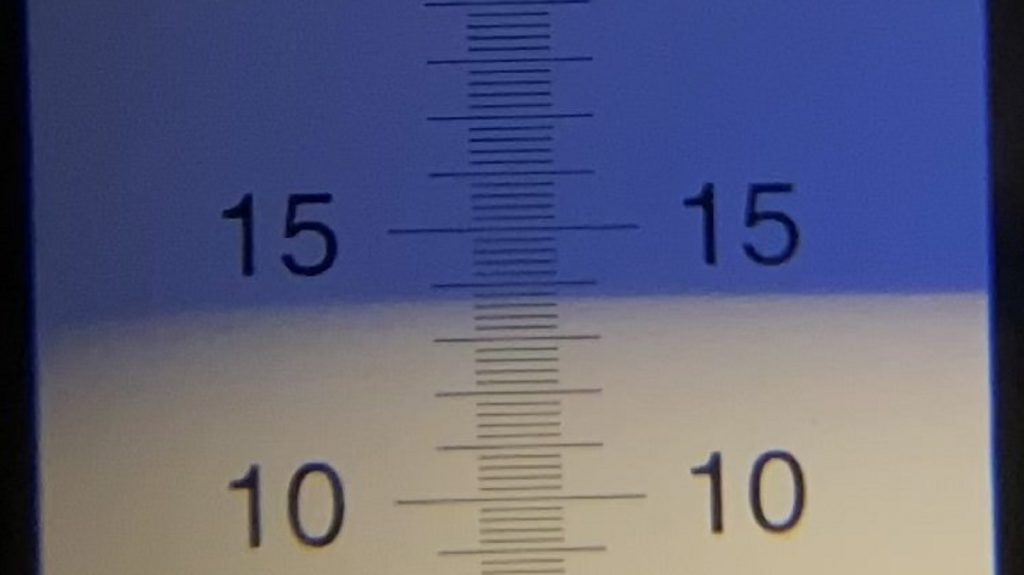
Next, I direct pitched a single pouch of Imperial Yeast A07 Flagship into the wort.
The beer was left to ferment at 66°F/19°C for 2 weeks before I took a hydrometer measurement confirming FG was reached.
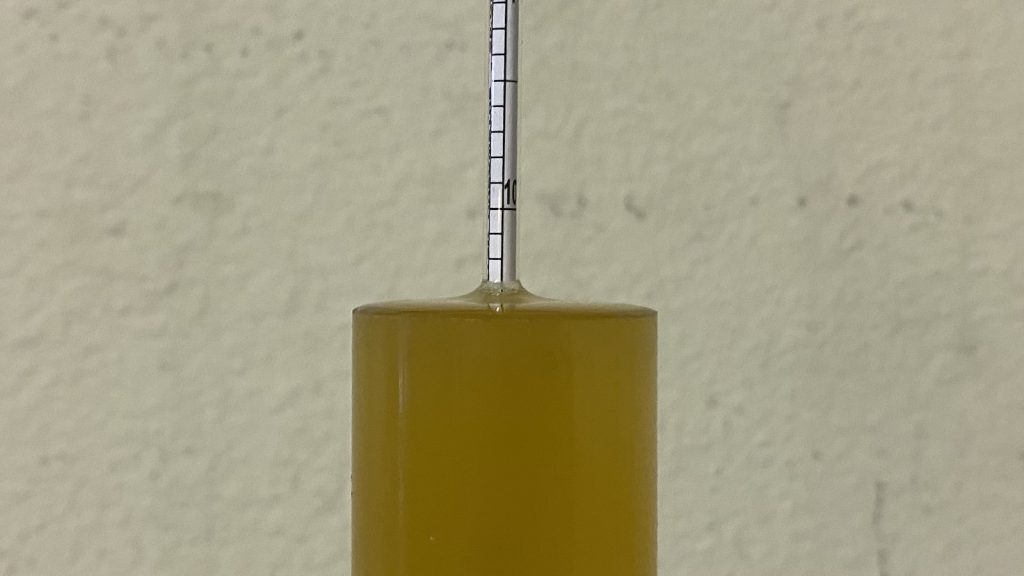
With fermentation complete, I transferred the beer to a CO2 purged keg.
The filled keg was placed in my keezer and burst carbonated overnight before I reduced the gas to serving pressure. After a week of conditioning, I began serving it to blind tasters.
08INGLASS
| METHOD |
Participants were instructed to focus only on the aromatic qualities of the beer before evaluating the flavor. For each aroma and flavor descriptor, tasters were asked to write-in the perceived strength of that particular characteristic on a 0-9 scale where a rating of 0 meant they did not perceive the character at all and a 9 rating meant the character was extremely strong. Once the data was collected, the average rating of each aroma and flavor descriptor was compiled and analyzed.
| RESULTS |
A total of 49 people participated in the evaluation of this beer, all blind to the hop variety used until after they completed the survey. The average aroma and flavor ratings for each descriptor were plotted on a radar graph.
Average Ratings of Aroma and Flavor Perceptions
The 3 characteristics endorsed as being most prominent by participants:
| Aroma | Flavor |
| Citrus | Citrus + Tropical Fruit (tie) |
| Tropical Fruit | Stone Fruit + Floral (tie) |
| Stone Fruit | Pine + Resinous (tie) |
The 3 characteristics endorsed as being least prominent by participants:
| Aroma | Flavor |
| Onion/Garlic | Onion/Garlic |
| Berry | Berry |
| Spicy/Herbal + Dank/Catty (tie) | Melon |
When asked to rate the pungency/strength of the hop, most tasters perceived it as being mildly to moderately pungent.
Tasters were then instructed to identify beer styles they thought the hop would work well in.
Finally, participants were asked to rate how much they enjoyed the hop character on a 1 to 10 scale.
My Impressions: The most noticeable hop characteristic I perceived in this beer was fruitiness, primarily citrus and tropical fruit with hints of creamy vanilla in the finish. The Sabro LUPOMAX imparted the aroma and flavor I would usually expect from a hop blend, and I was a fan!
| CONCLUSION |
As the progeny of a neomexicanus mother, Sabro is expected to impart beer with a uniquely complex blend of characteristics including citrus, coconut, and cedar. While most brewers likely use Sabro in conjunction with other varieties, it’s also said to work well on its own due to this complexity, and Haas’ LUPOMAX version promises to pack an even more concentrated punch of goodness.
The most prominent aroma and flavor characteristics noted by people who evaluated a Pale Ale made solely with Sabro LUPOMAX were citrus and tropical fruit, while less desirable onion/garlic was the least endorsed characteristic. Moreover, tasters tended to perceive this beer as having moderate to strong hop pungency with a majority feeling it would work well in American Pale Ale and IPA. Perhaps due to its uniqueness, which some tasters pointed out after completing the survey, preference ratings were across the board, though a solid majority rated it a 6 out of 10 or higher.
Since first brewing with Sabro in 2019, I’ve had a few other beers that were made with it, so I had some idea what to expect from this single-hop Pale Ale. I was quite pleased with how this beer came out, it really seemed the LUPOMAX contributed a noticeably stronger hop aroma and flavor, which is never a bad thing. I agree with the participants that Sabro LUPOMAX is best suited for hoppier styles, and I look forward to using it alongside other fruitier varieties in future batches of IPA!
Sabro LUPOMAX hops are available now at Yakima Valley Hops, get some while you can! If you have any thoughts on this variety, please feel free to share them in the comments section below.
Support Brülosophy In Style!
All designs are available in various colors and sizes on Amazon!
Follow Brülosophy on:
FACEBOOK | TWITTER | INSTAGRAM
If you enjoy this stuff and feel compelled to support Brulosophy.com, please check out the Support page for details on how you can very easily do so. Thanks!



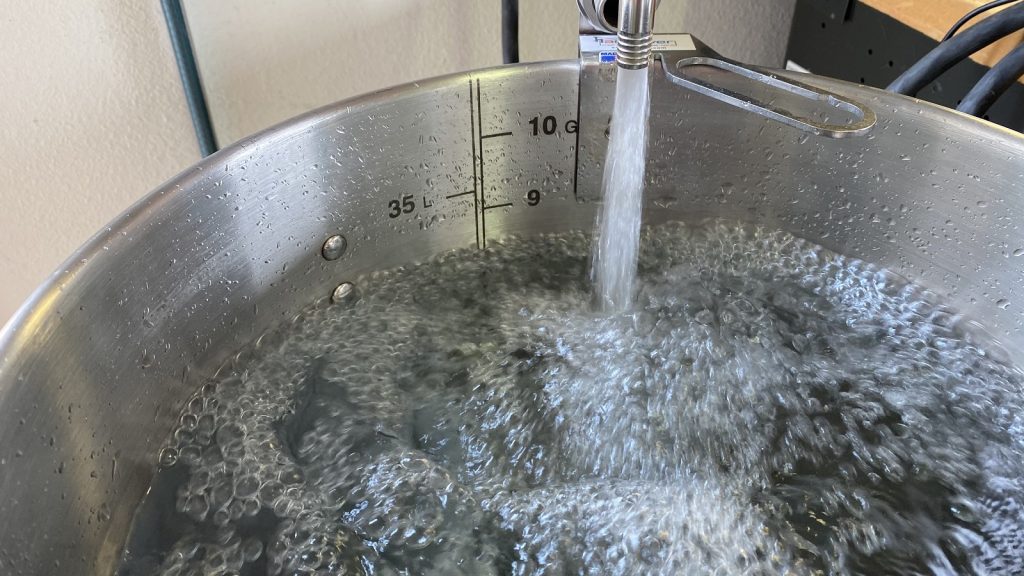
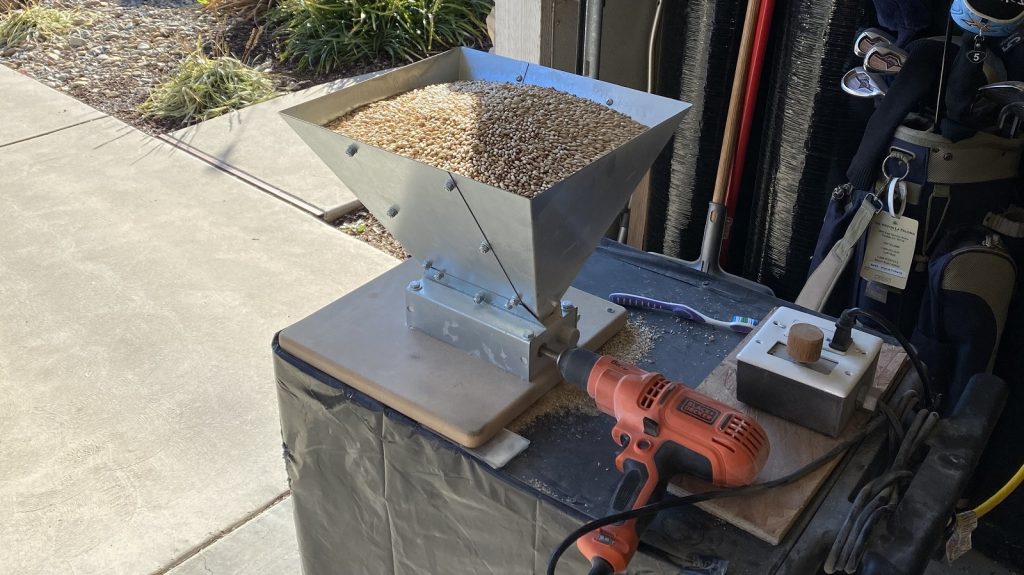
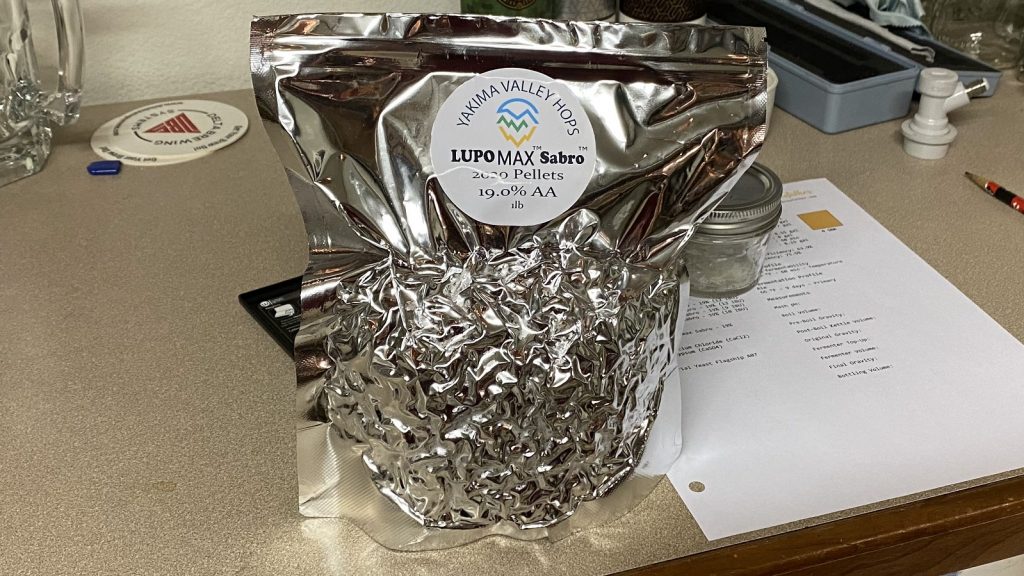
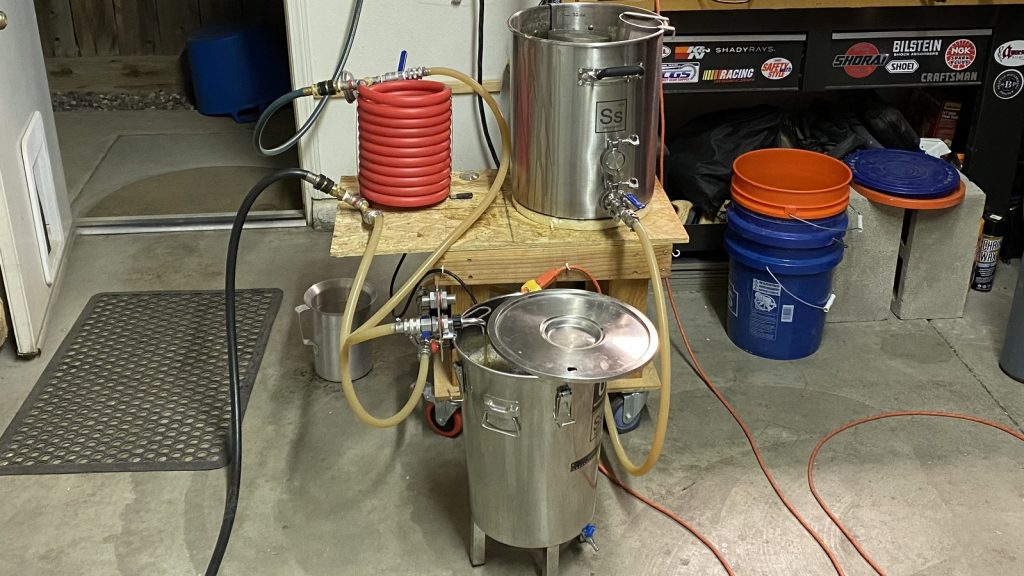
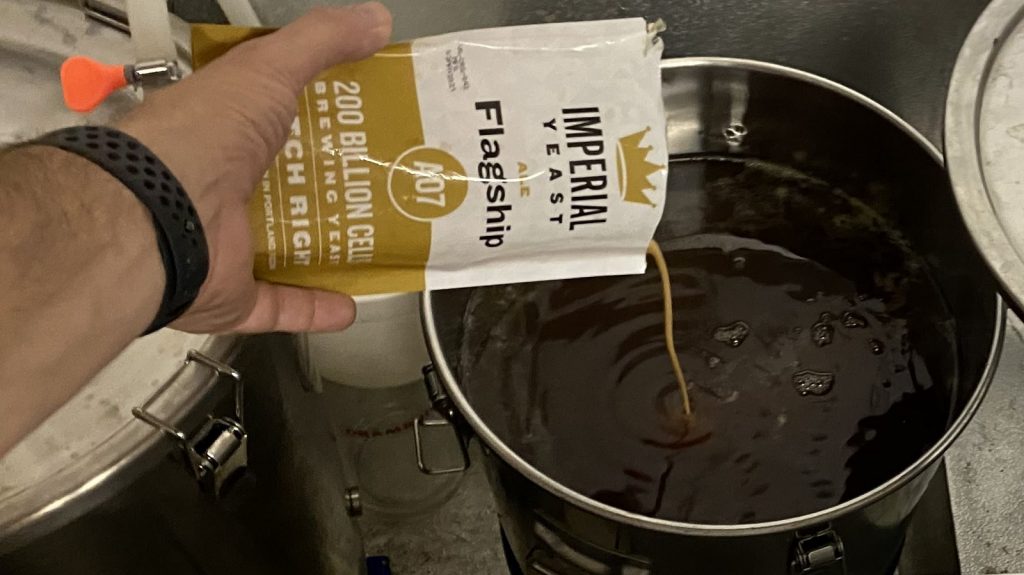
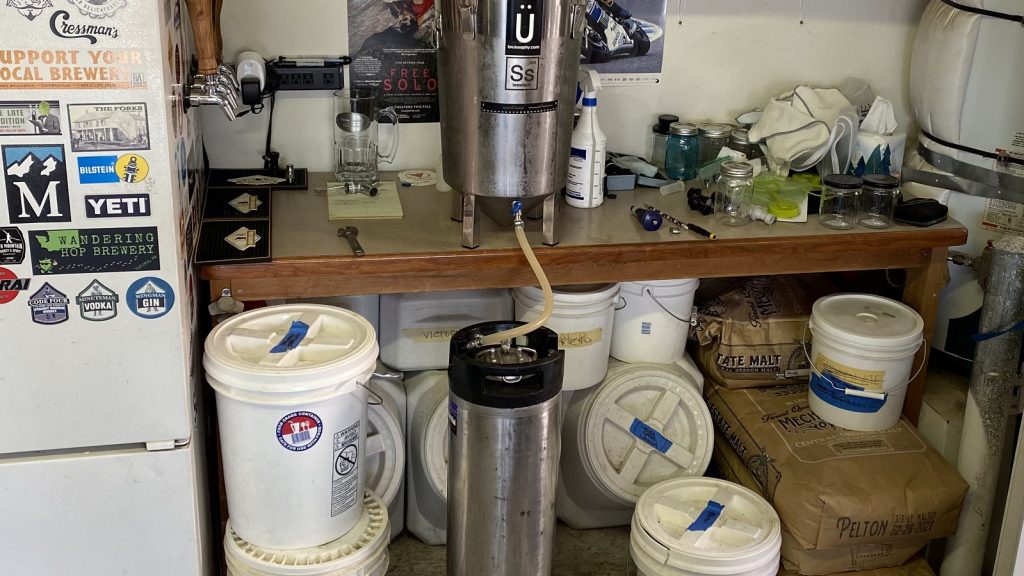

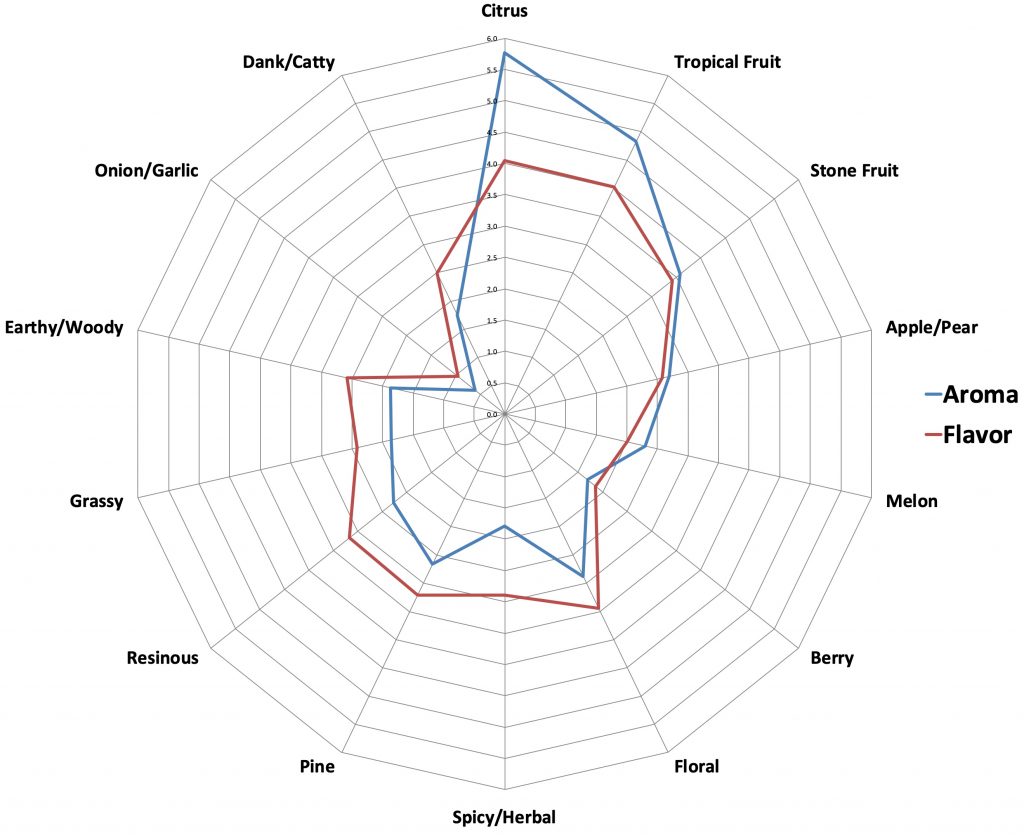
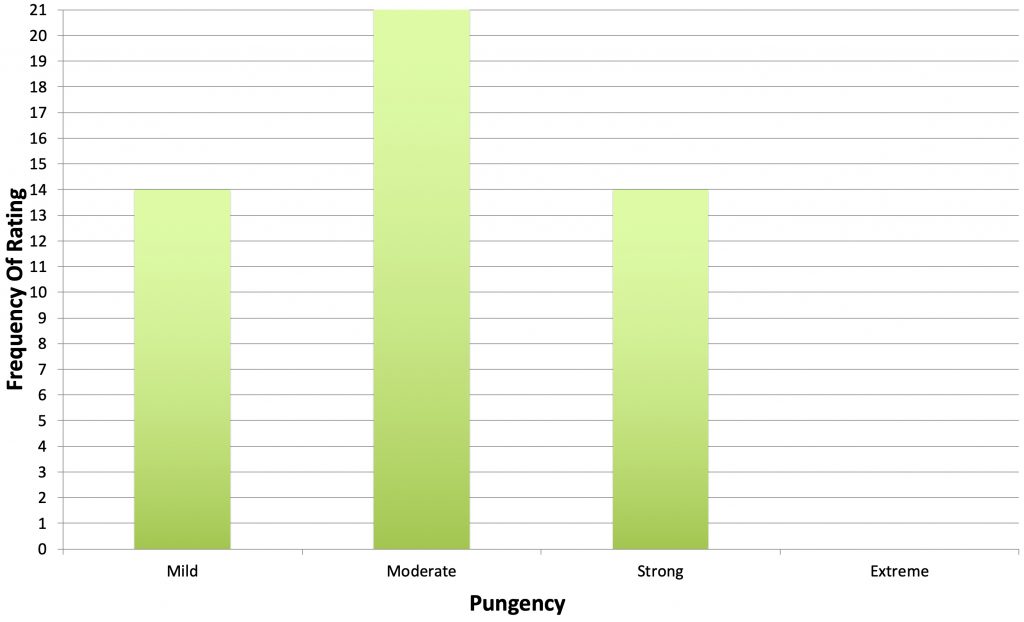
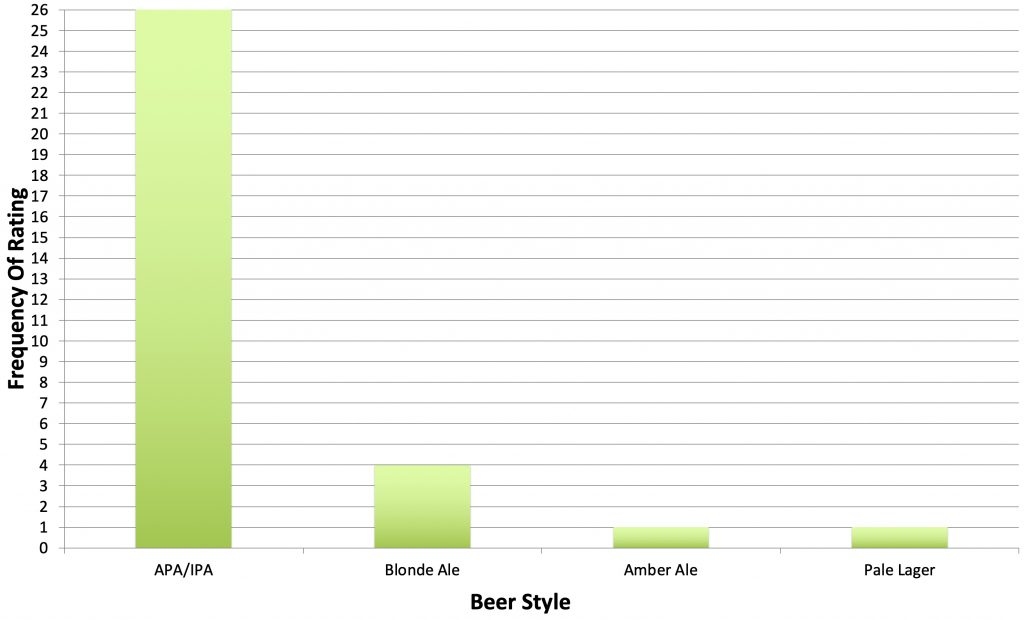
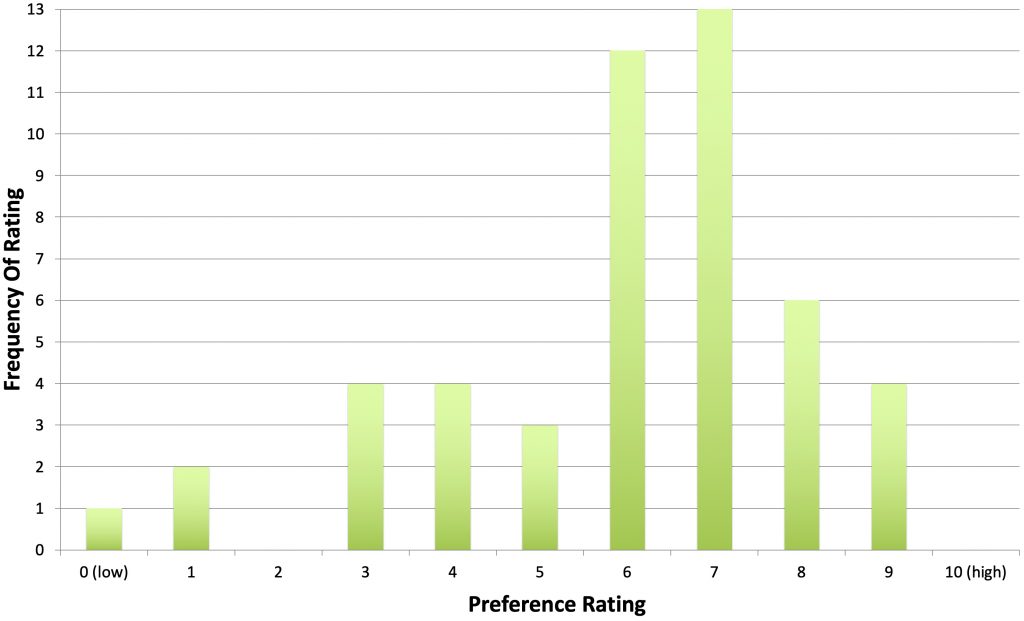











3 thoughts on “The Hop Chronicles | Sabro LUPOMAX Pale Ale”
Thanks for doing this one, I’ve been curious how the lupomax version would come out. I find it curious that I’ve heard so much about Sabro tasting like coconuts, but I never get that and it wasn’t noted.
Thanks for a good exbeeriment, carefully and thoroughly done. However, the anticipated aroma characteristics, as you said at the beginning, were tangerine, coconut, cedar, mint and cream. Yet none of these descriptors appears on the chart as choices available for tasters. I blame the inflexibility of the flavor profile chart for not allowing people to express the flavor characteristics in their own words. As long as we stick to preconceived flavors, we’ll never learn anything new.
Surprised to see anyone rate sabro as mild – is the lupomax version less pungent/bold? Agree with the above too – all other sabro I’ve tried are pineapple and coconut, with a bit of wood, citrus and mint thrown in. It’s a tremendous hop, very complex, very drinkable and mixes well if you don’t use too much. Dominates a lot of other hop varieties when used at the same amount.